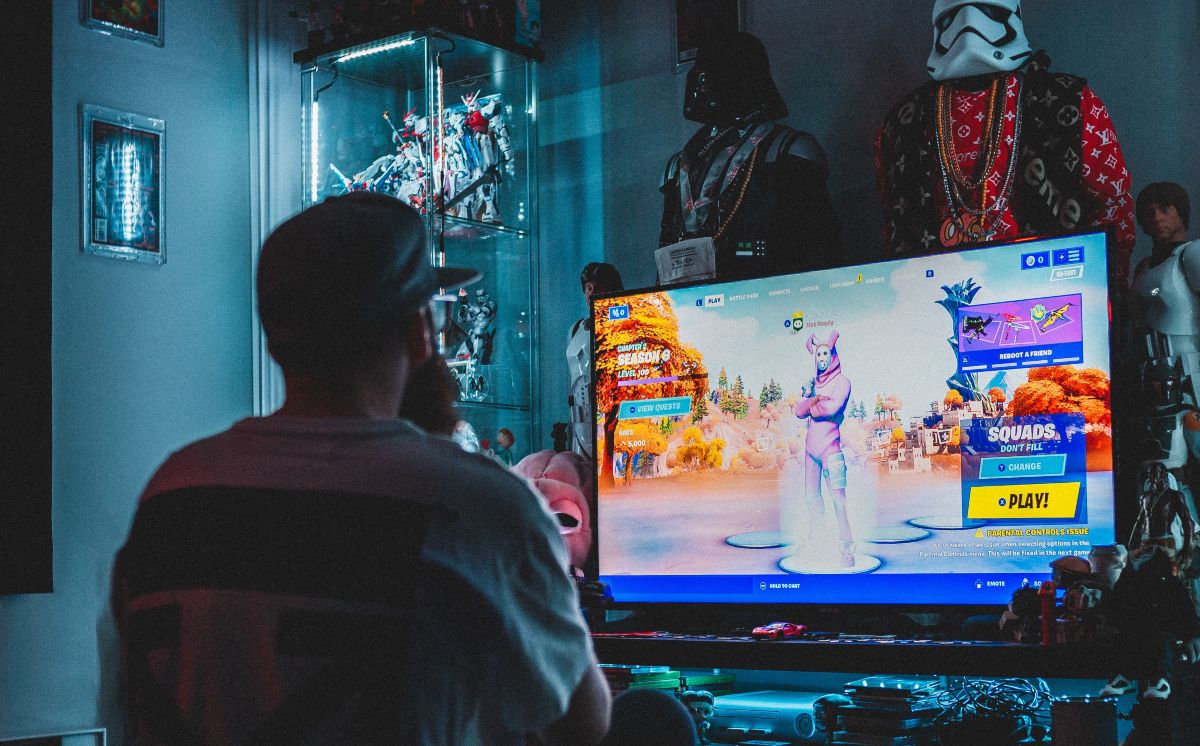What brands can do to prepare for a potential TikTok ban in the US

With over 150 million users in the US and over one billion users globally, TikTok has a huge impact on businesses, creators, and how people consume content. So it goes without saying that any bans on this app will leave many brands and consumers in the US feeling a little lost.
Yet ByteDance, TikTok’s parent company, finds itself in a difficult position of facing a potential ban in the US due to concerns about the Chinese government having access to the app’s user data. TikTok has tried to address these concerns in an official document shared with their advertising partners, noting that all protected US data will be stored exclusively in the US and under the control of the US-led security team and that “this eliminates the concern that some have shared that TikTok US user data could be subject to Chinese law.”
But, even though the data would be stored and managed in the US and not subject to Chinese law, some US leaders don’t believe that this is enough to prevent the Chinese government from accessing the data. This is the primary concern and why action will likely be taken, either in the form of a ban or a sale/spinoff of the business in the US.
Perhaps more importantly, these discussions highlight the need for transparency and responsibility from social media platforms in managing personal data, which is a positive for consumers in the long run.
While it remains to be seen what will happen with TikTok in the US, it’s important to understand the potential impacts we’ve seen in other countries, as well as ways that brands can prepare for a possible change.
Banning TikTok is not unprecedented
In June 2020, despite having more than 200 million users in the country (TikTok’s largest market outside of China at the time), the Indian government banned TikTok over national security concerns following a military issue with China. Since then, Afghanistan is the only other country to impose a full ban on TikTok.
More recently and in response to concerns in the US, the UK government banned TikTok from being used on government devices. Before this, TikTok started setting up data centers in Ireland and Norway to support the transfer of data from EU regions that began in Q1 of this year and is set to be completed in 2024.
In the years that have followed the TikTok ban in India, consumers and creators have shifted their social media activity to Instagram and YouTube, as each platform’s short-form video offerings (Reels and YouTube shorts) saw significant surges in user growth.
Prepare to adapt your strategies & explore alternative platforms if necessary
The discovery-led engine that TikTok mastered (and what Reels and Shorts have adapted) is massively influential.
The app’s sound-on short-form video feed delivers strong performance across the funnel, and the platform’s influence on online and offline purchase decisions can’t be ignored. In addition, it has changed the music industry, and the way Gen Z searches for information, and boosted global industries like publishing, beauty, film, and fashion.
The 43.7 billion views of the #tiktokmademebuyit hashtag show how commercially powerful TikTok’s search algorithm can be. For brands, this marks a shift in the social landscape. It’s less about your follower count and more about fine-tuned content discovery and personal recommendations.
That’s why brands should be prepared to adapt their strategies and explore alternative platforms if necessary, but the focus should remain on creating engaging content that resonates with audiences that have grown accustomed to the TikTok experience and combining that with audience-focused, platform-first media plans. Spend the time now testing content on Reels and Shorts to be ready for a possible change.
A potential TikTok ban in the US due to concerns over data privacy is a cause for concern for brands, creators, and users alike.
While TikTok has tried to address these concerns, it remains to be seen whether a ban or sale/spinoff of the business will be necessary. However, the ban on TikTok in India and restrictions in other countries provide some indication of the potential impacts. Brands should be prepared to adapt their strategies and explore alternative platforms like Reels and Shorts while focusing on creating engaging content that resonates with audiences.



